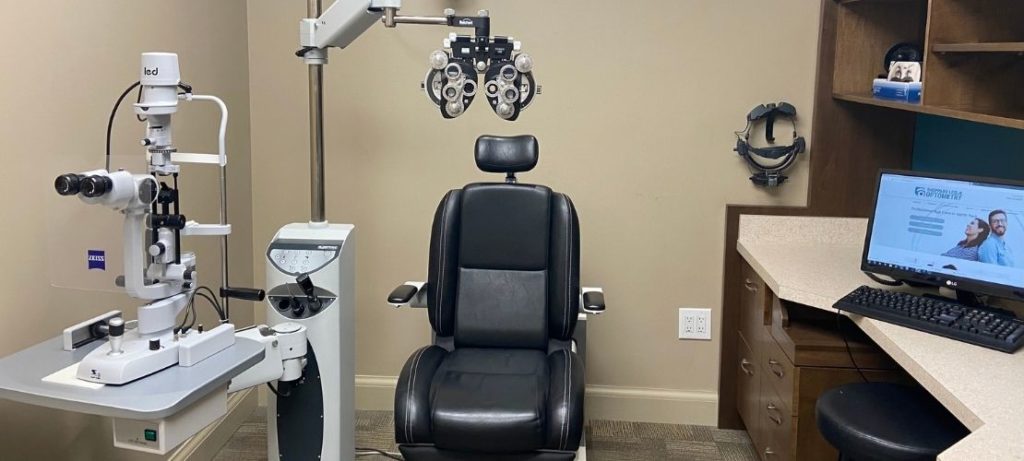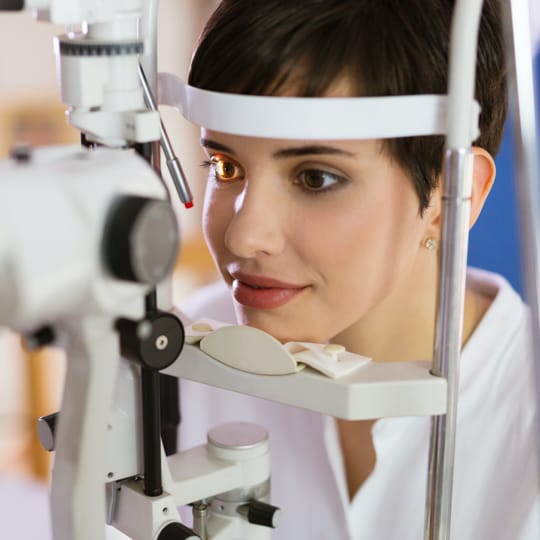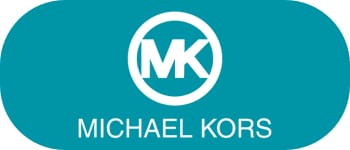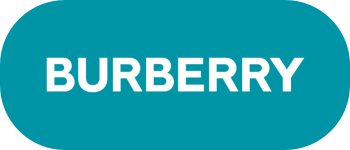Supporting Your Child’s Vision for a Lifetime
From their first days of life, through learning to read and write and playing sports, your child relies on clear vision every single day. It’s not always easy to know if your child is having difficulty with their vision. A comprehensive eye exam can help your optometrist detect vision issues and eye problems early on before they pose a threat to your child’s development.
Our friendly team helps kids feel comfortable during their eye exams. We want to make sure they’re set up for a lifetime of clear vision, and giving them a positive experience at the optometrist’s office early on can help. Please book an appointment for your child today.

How Often Does My Child Need an Eye Exam?
We follow the Canadian Association of Optometrists’ recommendations that kids have their first eye exam between the ages of 6 and 9 months. They should have another exam before they start school, between the ages of 2 and 5. Once in school, they should have an eye exam every year, even if they have 20/20 vision, because their eyes continue to grow and change.
While your child may have a simple vision screening at school, this is not a substitute for a comprehensive eye exam. Vision screenings test for refractive errors like myopia (nearsightedness) and hyperopia (farsightedness), but they don’t offer an assessment of how the eyes work together, whether they can focus correctly, or the health of your child’s eyes.


Vision Problems at School
Kids who can’t see well often have a harder time at school. After all, it’s difficult to learn if you can’t see the board or read what’s on the page. This struggle may have consequences later in life, resulting in lower levels of educational achievement, different job prospects, and an overall difference in quality of life.
Some of the ways that uncorrected vision issues can impact your child include:
- Social and behavioural problems
- Higher risk for dropping out of school
- Negative self-image
- Slower rate of learning
- Discipline problems
- Frustration when trying to learn
Nearly 25% of children have vision problems. You don’t need to wait for your child to mention an issue with their vision before you book their next appointment.
Common Childhood Vision Conditions
When you bring your child for a comprehensive eye exam, we’ll assess them for common vision concerns that begin in childhood. Early treatment is essential so that your child isn’t held back by their vision.
Strabismus (Crossed Eyes)
Strabismus is a muscle condition where the eyes are not aligned. It generally appears between birth and 21 months of age and treatment is most effective when it happens early. Kids will not outgrow strabismus—in fact, it may become worse without treatment. Treatment for strabismus will depend on a child’s particular needs, but might include glasses, wearing special glasses with prism lenses, vision therapy, or occasionally surgery.
The condition can cause double vision since each eye focuses on a different point. Typically, the brain adapts to receiving these two mismatched images, suppressing the image from the “weaker” eye to provide clear vision. As a result, the weaker eye may eventually develop amblyopia (lazy eye), which also requires treatment.
Amblyopia (Lazy Eye)
Amblyopia, commonly known as lazy eye, affects 2–4% of kids under 6. The condition can result from a significant difference in prescription between the two2 eyes or from strabismus.
Amblyopia can often be completely resolved if detected and treated early. One of the most common treatments includes covering the stronger eye with a patch, which forces the brain to rely on the images provided by the weaker eye, strengthening it over a period of weeks or months.
Refractive Errors
Refractive errors occur when the shape of the eye prevents light from focusing on the retina. It’s very common to have a refractive error, and they can typically be corrected simply with a pair of glasses or, for older children, with contact lenses. A child might have myopia (nearsightedness), hyperopia (farsightedness), or astigmatism (blurred vision at all distances).
If your child is nearsighted, we’ll discuss myopia control with you. Typically, a child who is nearsighted becomes more nearsighted throughout childhood as their eyes continue to grow, resulting in a higher degree of myopia. People with high myopia are at an elevated risk of certain threats to their vision later in life, including glaucoma and cataractsretinal detachments. Myopia control methods, including specialized glasses, medication or and contacts, can slow the progression of myopia, helping safeguard your child’s vision in the future.
Learn more about myopia control.
Book Their Exam Today
We look forward to meeting your family and offering your child a positive experience with eye care. Set your child up for success by booking their eye exam today.

Our Location

Our Address
- 1110 Sheppard Ave E., Unit 400
- North York, ON M2K2W2
Contact Information
- Phone: 416.733.4411
- Email: [email protected]
Our Hours
- Monday: 9:00 AM – 4:00 PM
- Tuesday: 10:00 AM – 7:00 PM
- Wednesday: 9:00 AM – 5:00 PM
- Thursday: 9:00 AM – 6:00 PM
- Friday: 9:00 AM – 4:00 PM
- Saturday: 9:00 AM – 2:00 PM
- Sunday: Closed
Note: Saturday hours are once per month. Please call to confirm.
Our practice is located in Oriole Place Medical and Professional Offices near North York General Hospital, easily serviced by the Sheppard subway line.

Our Services

Comprehensive Eye Exams

Dry Eye Therapy

Laser Eye Surgery Consultations

Emergency Eye Care

Our Brands





See Our Google Reviews




